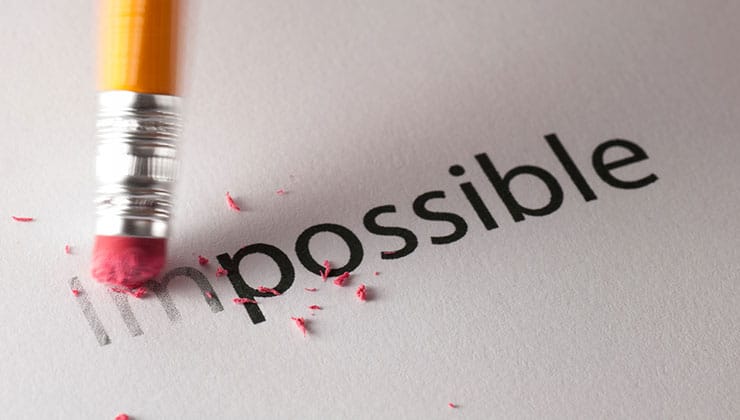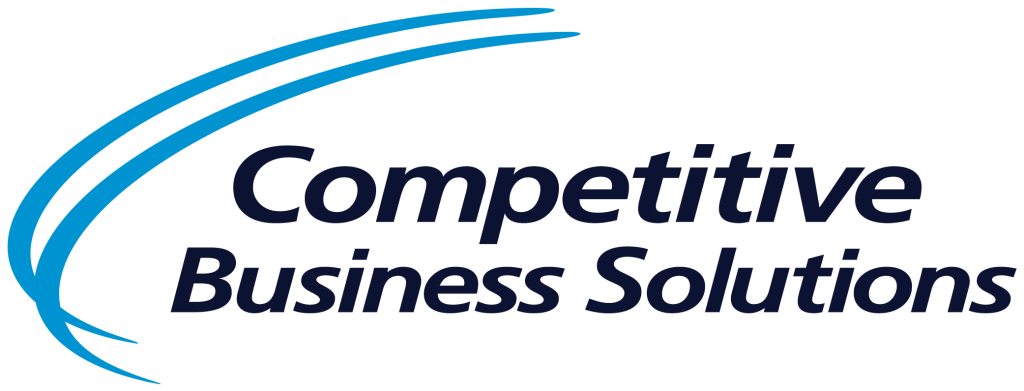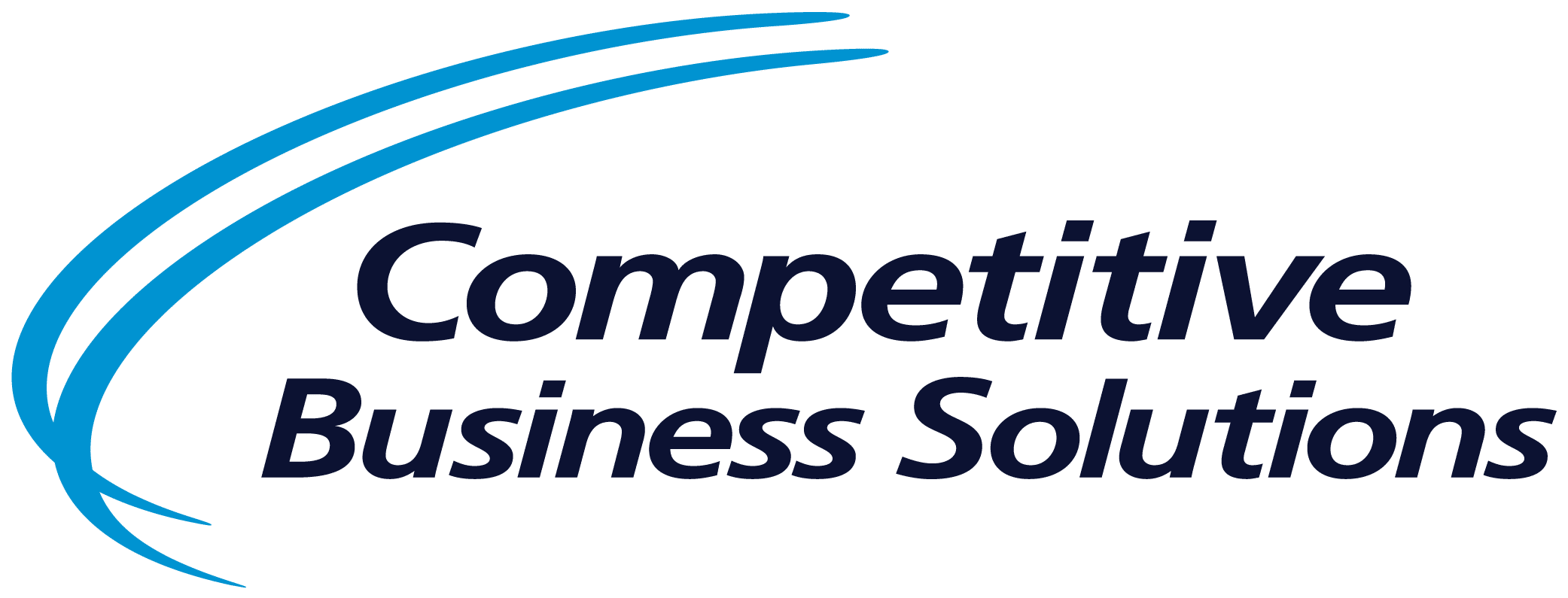
The Art of the Possible: Using Capability Modeling to Drive Business Change
by By Stephen Dowzicky VP, Consulting Services
Putting a new process or product line into play— or doing a detailed analysis of a current one—is a great opportunity for companies to identify areas for improvement, yet many business leaders are unsure how to approach it in a systematic and effective way. One tactic is to build a capability model that clearly demonstrates what can be improved and how—and what end-game results can be expected. Based on proven CBS methodology, this summary explains how capability modeling can streamline improvement efforts and provide a clear roadmap for sustainable change and better business results.
PHASE 1: CREATE A CAPABILITY MODEL
This initial phase begins with development of a capability model for the focus area. This is a comprehensive process that includes:
- A detailed flow analysis for each line item in the manufacturing bill of material
- The characterization of each step in the process that identifies the standard it takes to complete, including both touch (manual) and process (machine) time
- Identifying the type of resource that is performing the task—either human or equipment
- Determining the customer’s demand to establish the TAKT time, the basis for all resource requirements
These inputs are then used to develop the capability model which provides the initial resource requirements.
PHASE 2: DESIGN PRODUCTION SYSTEM
Using the outputs from Phase 1, a production system is designed which will determine the expected output (or volume) that the system will yield, as well as the standard work that needs to be developed. Key considerations in Phase 2 include the accurate measurement of production volumes and an assessment of product maturity. This understanding will be a critical input to manage the variation in the product flow, specifically in less mature products.
PHASE 3: IMPLEMENT A DAILY VISUAL MANAGEMENT SYSTEM
Phase 3 implements the production system designed in Phase 2, as well as the daily visual management system needed to sustain the results from the implementation. It begins with implementing Flow, a robust 5S program and co-location of work elements designed to minimize motion and transportation waste. From there, standard work and visual management are implemented and measured. These tools allow a focus on the variation of how work is done and enable a repeatable work sequence. The time-line for Phase 3 can vary, depending on the complexity of the line and resource requirements for full implementation.
BUILDING THE CAPABILITY MODEL: AN ACCELERATED 5-DAY PLAN
When left to their own accords, it can take some companies months to build a capability modelling framework. We’ve discovered that, when approached efficiently, an effective model can be created in as little as five days. The following is a day-by-day breakdown of the accelerated CBS process for Phase 1-2.
DAY 1: Work with senior level leadership to develop the case for action (THE WHY)
DAY 2: Complete the flow analysis
DAYS 3-4: Develop the improvement plan based on the flow analysis and product considerations
DAY 5: Present the plan, obtaining buy-in from all stakeholder groups
KEY TAKEAWAYS
Make no assumptions. The use of data and analytics is key in helping to understand the current solution and what the potential could be
Obtain early agreement. Each management level has its own set of goals and priorities; each must be addressed early in the modeling process
Customize the solution. No two improvement cases are exactly alike; the methodology must be adapted accordingly
Respect the results. Accurate measurement is a crucial part of improvement success, allowing for assessment and course correction
Latest Insights
Sign up to receive our latest insights!
"*" indicates required fields




